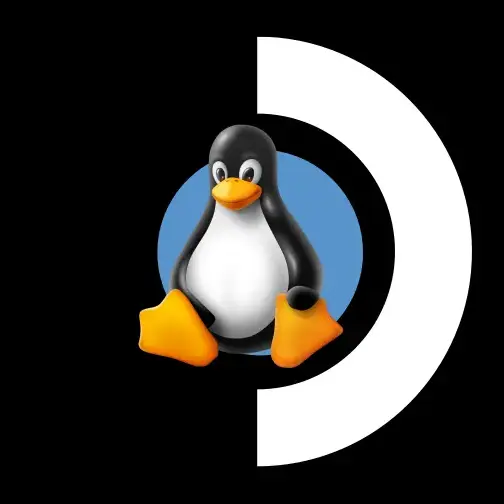

Personally I feel what it gave them - primarily - was the ability to be independent of Microsoft, not beholden to them in any way whatsoever, and not having to pay them any license fees.
The fact that after putting so much work into making Proton and that whole toolchain amazing it actually turned out faster than Windows, well, that’s juat the delicious icing on the cake, from a commercial perspective.





Wireguard doesn’t necessarily need to have those limitations, but it will depend in part how your VPN profile is set up.
If you configured your wireguard profile to always route all traffic over the VPN then yeah, you won’t be able to access local networks. And maybe that’s what you want, in which case fine :)
But you can also set the profile to only route traffic that is destined for an address on the target network (I.e your home network) and the rest will route as normal.
This second type of routing only works properly however when there are no address conflicts between the network you are on (i.e. someone else’s WiFi) and your home network.
For this reason if you want to do this it’s best to avoid on your own home network the common ranges almost everyone uses as default, i.e. 192.168.0.* and 10.0.0.*
I reconfigured my home network to 192.168.22.* for that reason. Now I never hit conflicts and VPN can stay on all the time but only traversed when needed :)